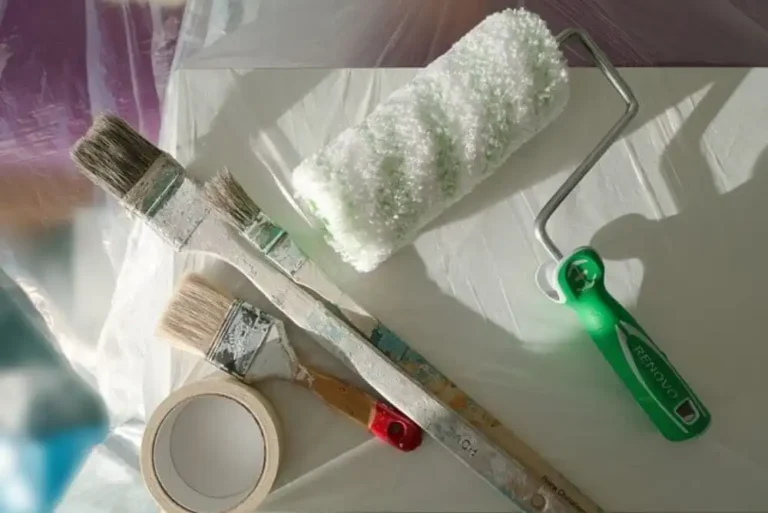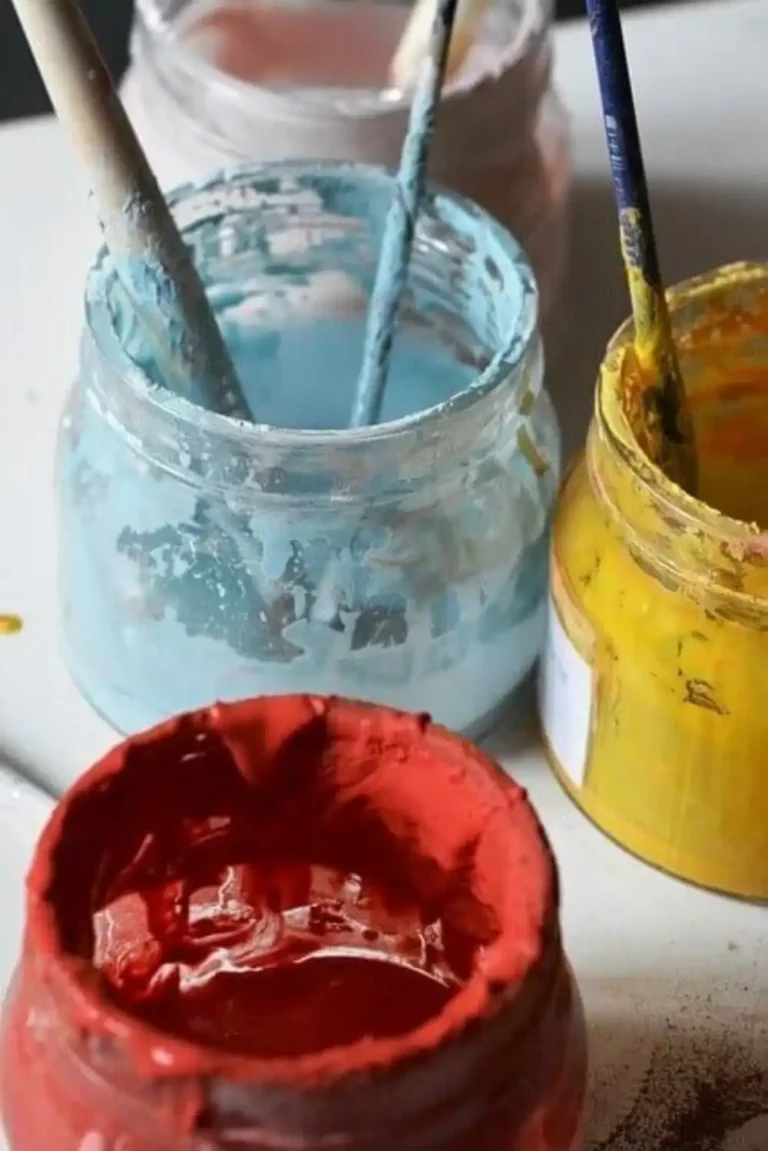How to Clean Paint Brushes the Right Way
Maintaining your paint brushes is essential for achieving professional results and extending the life of your tools. Whether you’re using acrylic, oil-based, or latex paint, learning how to clean your brushes properly ensures they stay in excellent condition and perform at their best for years to come.
This guide covers step-by-step cleaning techniques for different paint types, how to handle dried paint, and best practices for keeping your brushes in top shape.
Why Cleaning Paint Brushes Matters
Cleaning paint brushes immediately after each use preserves their shape, flexibility, and performance. Paint that dries on the bristles can cause stiffness, uneven strokes, or even permanent damage. Proper cleaning also prevents color contamination in future projects and maintains the integrity of your materials.
Investing in high-quality brushes only pays off if they’re properly maintained. With regular care, a good brush can last for years and consistently deliver smooth, even results.
How to Clean Paint Brushes: Step-by-Step
Different paint types require different cleaning methods. The following sections explain how to clean brushes used with acrylic, oil-based, and latex paints.
Cleaning Acrylic Paint Brushes
Acrylic paint is water-based, making it relatively easy to clean if addressed before it dries.
- Rinse with Warm Water: Rinse the brush under warm running water immediately after painting. Use your fingers or a brush comb to remove paint trapped near the ferrule.
- Use Mild Soap if Needed: If paint has begun to dry, apply mild soap or brush cleaner, working it through the bristles before rinsing thoroughly.
- Dry the Brush: Shake off excess water and reshape the bristles. Lay the brush flat to dry, preferably with the bristles hanging slightly over an edge to retain their shape. Avoid storing brushes upright while wet.
Cleaning Oil-Based Paint Brushes
Oil-based paints require solvents, since they don’t dissolve in water.
- Wipe Off Excess Paint: Use a rag or paper towel to remove as much paint as possible before washing.
- Soak in Paint Thinner: Fill a container with paint thinner or mineral spirits and swirl the brush until the paint loosens. You may need to repeat this step with fresh solvent.
- Wash with Soap and Water: After cleaning with thinner, wash the brush with warm water and mild soap to remove residue.
- Dry and Store: Reshape the bristles and lay the brush flat to dry. Never store it upright until fully dry.
Cleaning Latex Paint Brushes
Latex paint is also water-based, so the cleaning process is simple and similar to acrylic paint.
- Rinse with Warm Water: Rinse the brush under warm water as soon as you finish painting.
- Add Soap if Needed: Use mild soap or brush cleaner to dissolve any remaining paint, then rinse thoroughly.
- Dry Properly: Shake off excess water, reshape the bristles, and lay the brush flat to dry.
How to Remove Dried Paint from Brushes
If paint has dried on your brush, it’s still possible to restore it with a bit of patience.
- Soak the Brush:
- For water-based paints, soak the brush in warm, soapy water.
- For oil-based paints, use mineral spirits or paint thinner.
Let the brush soak for several hours to loosen dried paint.
- Use a Brush Comb: Gently work through the bristles to remove paint buildup.
- Repeat if Necessary: Multiple soaking cycles may be required for stubborn paint.
- Rinse and Dry: Rinse thoroughly and reshape the bristles before laying the brush flat to dry.
Tips for Keeping Brushes in Top Condition
Cleaning is just part of good brush maintenance. These additional tips will help your brushes stay in optimal condition:
- Avoid Over-Soaking: Prolonged soaking can cause bristles to bend or detach from the handle.
- Reshape After Cleaning: Always reshape bristles to preserve form and performance.
- Store Properly: Store brushes flat or hanging with bristles downward to prevent water damage and maintain their shape.
- Clean Regularly: Even unused brushes should be dusted or rinsed occasionally to keep them ready for use.
- Match the Brush to the Paint: Use brushes designed for the type of paint you’re working with. This reduces wear and ensures a better finish.
Final Thoughts
Properly cleaning and maintaining your paint brushes is one of the most important habits for anyone who paints—whether you’re a DIY enthusiast or a professional. Following the right cleaning method for each paint type preserves the quality of your brushes, saves money over time, and ensures that every project starts with reliable tools.
By taking just a few extra minutes to care for your brushes after each use, you’ll enjoy smoother applications, cleaner colors, and consistent results for years to come.






